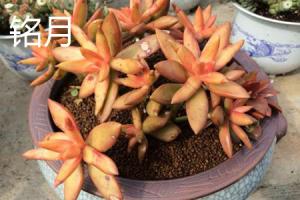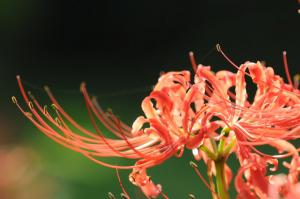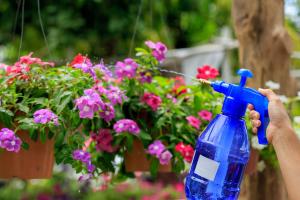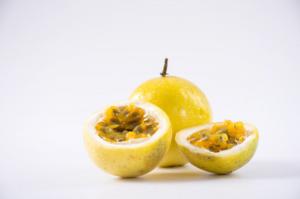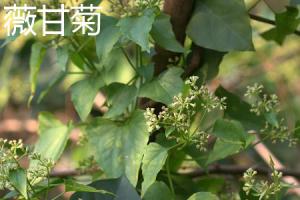Introduction
Spider air plants, also known as Tillandsia, are a type of epiphyte that can grow without soil. They are popular among plant enthusiasts because of their unique appearance and low maintenance requirements. However, one of the most commonly asked questions about spider air plants is how often they should be watered. In this article, we will explore the watering needs of spider air plants and provide some tips for optimal growth.
Understanding Spider Air Plants
Spider air plants are native to Central and South America, where they can be found growing in trees and on rocks. They absorb moisture and nutrients from the air and rainwater, rather than from the soil. As a result, they can survive in a wide range of conditions, as long as they receive enough water and light.
Watering Frequency
The frequency with which spider air plants need to be watered can vary depending on several factors, including the humidity levels, temperature, and air circulation in the environment. In general, spider air plants should be watered once a week, and possibly more frequently in hot and dry conditions. However, it is important not to overwater, as this can lead to rot and other problems.
Watering Techniques
There are several methods for watering spider air plants, including misting, soaking, and dunking. Misting involves spraying the plant with water from a spray bottle, which can be useful for plants that are mounted on a surface, such as a wall or shelf. Soaking involves placing the plant in a container of water for a few minutes, allowing it to soak up moisture. Dunking is similar to soaking, but involves completely immersing the plant in water for a few seconds, and then allowing it to drain.
Tips for Optimal Growth
Aside from proper watering, there are a few other things to keep in mind when caring for spider air plants. First, they require bright but indirect light, as direct sunlight can scorch their leaves. They also need good air circulation to prevent the buildup of excess moisture, which can encourage rot and other problems. Finally, it is important to avoid using tap water, as the minerals and chlorine can be harmful to the plant. Instead, use rainwater, distilled water, or water that has been allowed to sit out for at least 24 hours to allow chlorine to dissipate.
Conclusion
In summary, spider air plants are easy to care for and require only minimal watering, as long as they receive the right amount of light and air circulation. Watering once a week is generally sufficient, although the frequency may need to be increased in particularly dry or hot conditions. By following these tips, you can help your spider air plants thrive and enjoy their unique beauty for years to come.

 how many times do yo...
how many times do yo... how many planted tre...
how many planted tre... how many pine trees ...
how many pine trees ... how many pecan trees...
how many pecan trees... how many plants comp...
how many plants comp... how many plants can ...
how many plants can ... how many plants and ...
how many plants and ... how many pepper plan...
how many pepper plan...